Today’s feast day of Our Lady of Guadalupe reminds me of a brief visit that I made to the centuries-old Guadalupe church a decade ago (22 September 2019) just days before the great flood of Metro Manila. History blogger Arnold Arnáiz was with me during that early afternoon visit. The skies were blanketed by endless gray clouds that day, giving out a bleak mood throughout the slums that were neighboring the silent, hulking gray walls of the Baroque church. The deprived people living nearby —almost mindlessly doing routine tasks each and every dying day of their lives— don’t have any idea at all about the significance of this almost forgotten church in Filipino History.
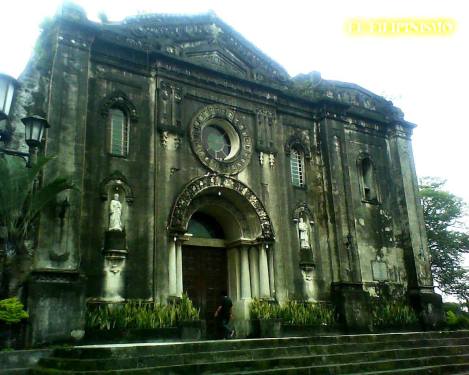
Iglesia de Nuestra Señora de Gracia, commonly known as Iglesia de Guadalupe. All photos on this blogpost were taken on 22 September 2019.
Curiously enough, the stillness and quiet surrounding this ancient church is a far cry from the discombobulating noise of infamous EDSA which is surprisingly just a few minutes walk from this spiritual sanctuary.
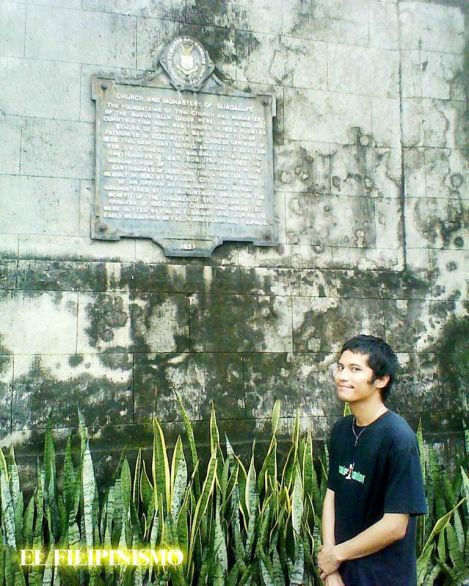
What’s on the marker? — “The foundations of this church and monastery of the Augustinian Order were laid in 1601 and construction work was finished in 1629. Nuestra Señora de Guadalupe was chosen Titular Patroness in 1603. After the Chinese uprising of 1639, this sanctuary served as a seat of devotion for the Chinese. The buildings withstood the earthquakes of 1645, 1658, 1754, and 1863; the masonry roof of the church collapsed in the earthquakes of 1880 and the structure was rebuilt in 1882 by Rev. José Corujedo, O.S.A. Site of an orphan asylum and trade school administered by the Augustinian Order for the benefit of the children of the victims of the cholera of 1882. Both church and monastery were gutted by fire in February, 1899, during the early skirmishes between Americans and Filipinos.”
As written on the historical marker, the Augustinians began constructing the church in the early 1600s. The Provincial Chapter declared the monastery a domus formata on 7 March 1601. A domus formata is a religious house in which reside at least six professed members (four of which should be priests), and this one in San Pedro Macati (now Makati City) was placed under the advocacy of Our Lady of Grace. Construction was completed in 1629. The church was named after the world-famous and miraculous Basílica de Nuestra Señora de Guadalupe in México City, México.
The first domus formata was composed of three priests and a lay brother. Much later, the Provincial Chapter of 30 November 1603 received a petition from the Spanish community in Manila and from other prominent Filipinos to change the advocacy. They prevailed when the Provincial Chapter approved the petition. Thus, Our Lady of Grace became Our Lady of Guadalupe.
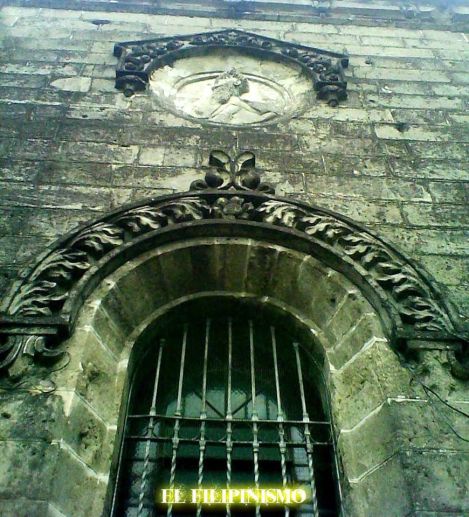
Details on one of the windows.
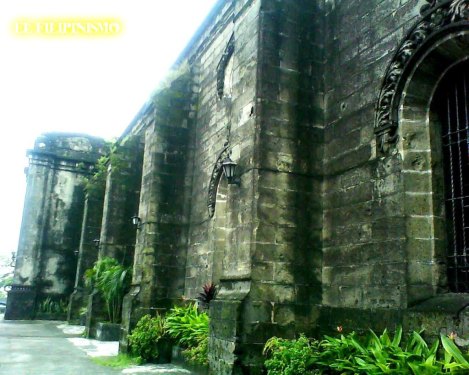
Epistle side.
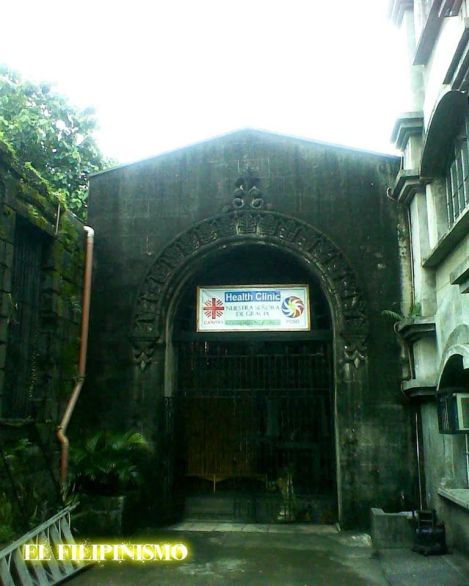
It was not until the shrine had its third prior administrator when stone construction commenced. This administrator was Fray Juan de Montes de Oca. But he was not able to finish the project because he was transferred to another mission outpost. And so those who took over his spot continued the construction.
The church has had its share of countless (and historically famous) Priors Administrator, some of them renowned friar-scholars:
Simón Dantes — widely believed to be the first prior of the Guadalupe Shrine.
Juan de Montes de Oca — started the construction of the stone sanctuary.
Francisco Coronel — published the book Artes y Reglas de la Lengua Pampanga (1617) when he was still in Pampanga.
Hernando Guerrero — became Archbishop of Manila in 1635; best remembered for his feud with Governor General Sebastián Hurtado de Corcuera.
In my opinion, perhaps the most famous friar who had ever served the altars of this church was Fray Manuel Blanco of Navia, Zamora, Spain. He entered the Augustinian order when he was just 16 years old. Aside from his religious duties, he was also an erudite and multifaceted scholar who excelled in history, languages, medicine, and even my “favorite” subject — mathematics! 😆 When he was assigned to the San Agustín Church, he maintained a garden there (now fondly called as Fr. Blanco’s Garden). But he is best known for his contributions to natural sciences, particularly botany. This led to the publication of the groundbreaking Flora Filipina. Because of this book, plants can now be classified according to their species, class, and genus. His blessed remains are interred somewhere inside this church.
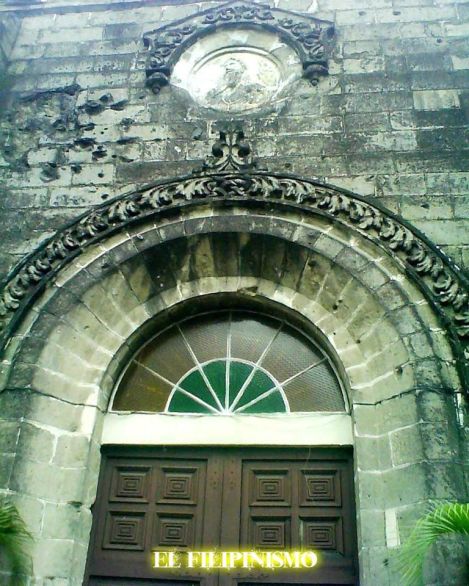
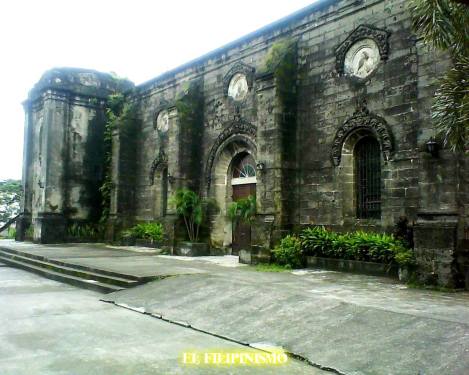
Dark nights of the Shrine.
The period of seventy years from the War of Independence up to the Second World War was the darkest for the sanctuary. The termination of the Spanish-American War brought about by the ratification of the Treaty of Paris on December 10, 1898 caused the Filipino-American conflict to flare up into an all-out war. Manila was the immediate theater of destruction. It did not take long for the superior American forces to rout the Filipino forces.
The Americans, having cleared the city of the Filipino forces, proceeded eastward to Makati as far as San Pedro. The Filipino soldiers, tipped off of the advancing Americans, positioned themselves in Guadalupe. They outnumbered their enemies. The Americans sensed this, and not having enough troops that would stay behind to safeguard the place from being retaken by the Filipinos, they halted for a day waiting for reinforcement. The next day, the American forces under the command of General Lloyd Wheaton advanced to attack Guadalupe.
Having advanced for a mile, the Americans started to subject Guadalupe to artillery fire together with that of the gunboat Laguna de Bay along the Pásig river. The siege was fierce. The Filipinos under General Pío del Pilar, unable to resist the stronger forces, retreated, but not before they burned the church and the monastery. It was like adding insult to injury because the shrine had already been battered by American artillery fire. This even marked the end of Guadalupe shrine whose aisle Filipinos and Spaniards alike, for almost three centuries, used to throng to manifest their devotion to Nuestra Señora de Guadalupe.
After the War of Independence, the Guadalupe shrine and the monastery became a foreboding place because it was shrouded by the grasses and trees. Even on its walls the trees grew, dissolving little by little the bricks, the stones and the lime. (“The Guadalupe Shrine” by Rodolfo M. Arreza, O.S.A., Globalcomp, Manila, 1991)
The gross disrespect for God’s home in Guadalupe, Macati didn’t end here. What was left of the abandoned church was further razed to the ground by both U.S. and Japanese artillery during the final days of World War II. In the words of Fr. Arreza, “the walls of the monastery and the shrine became the only standing skeletons left that served as a mute witness of the many misfortunes in the past”.
But Guadalupe couldn’t just die like that.
On 29 July 1970, the Augustinians were recalled to Guadalupe. Patiently, they began reconstructing the church of their predecessors, the church that has harbored countless candles during Tridentine Masses of yore.
And so the magic of Guadalupe persists to this day.
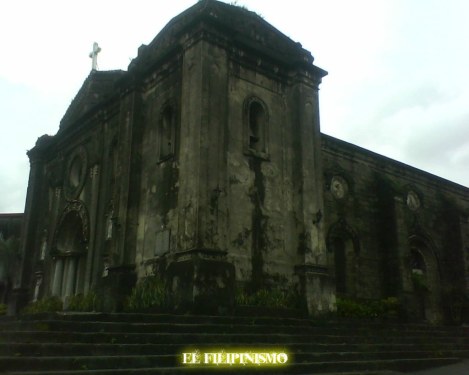
The undying Watcher of the City of San Pedro Macati…
